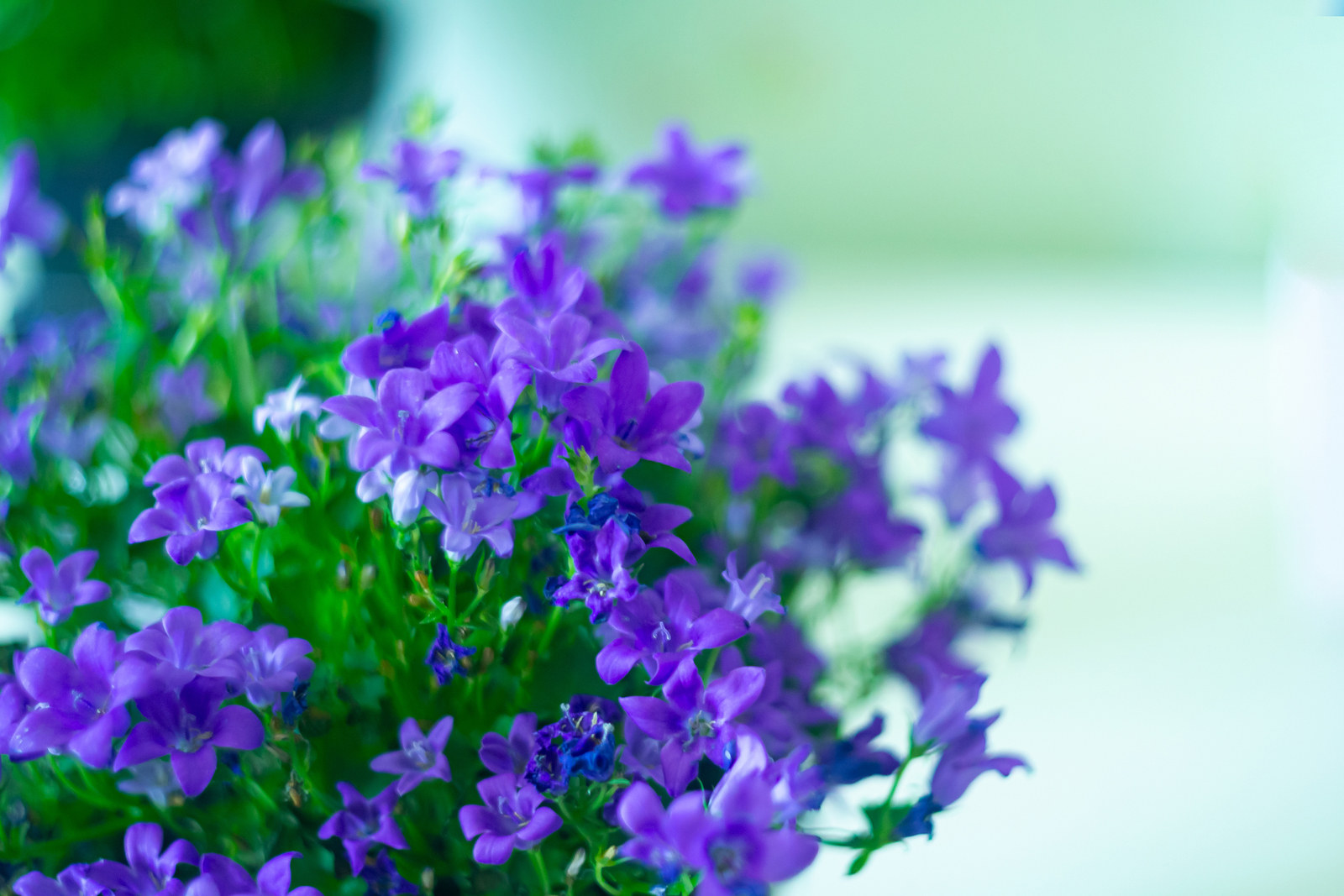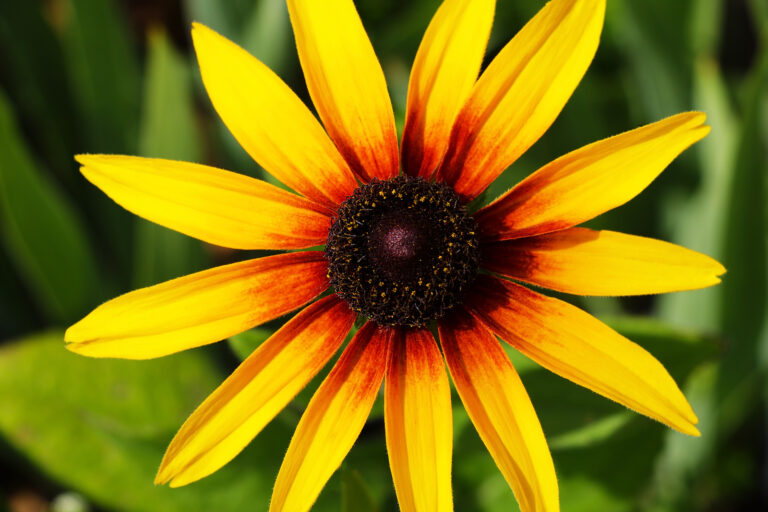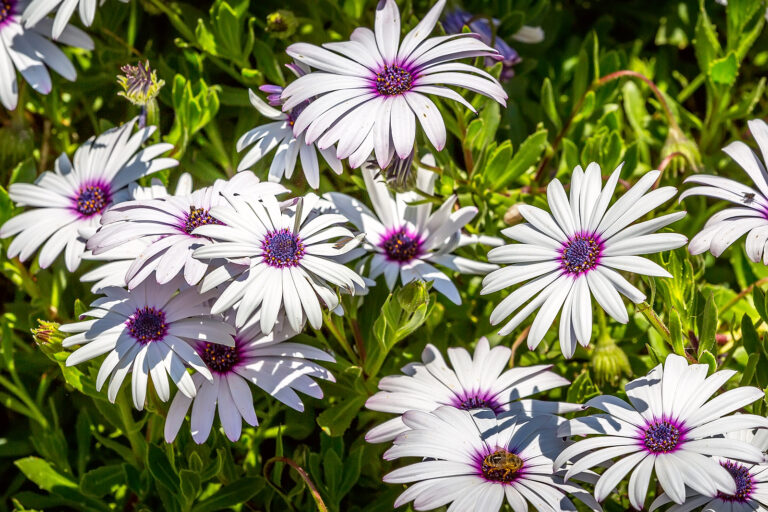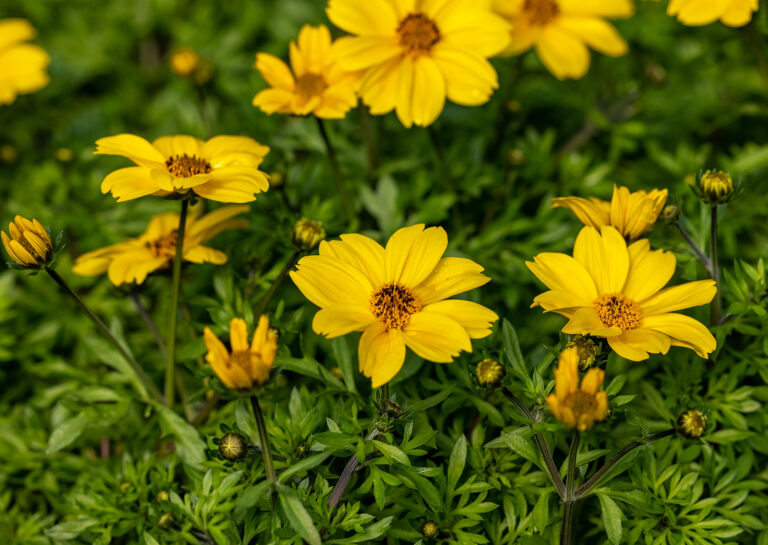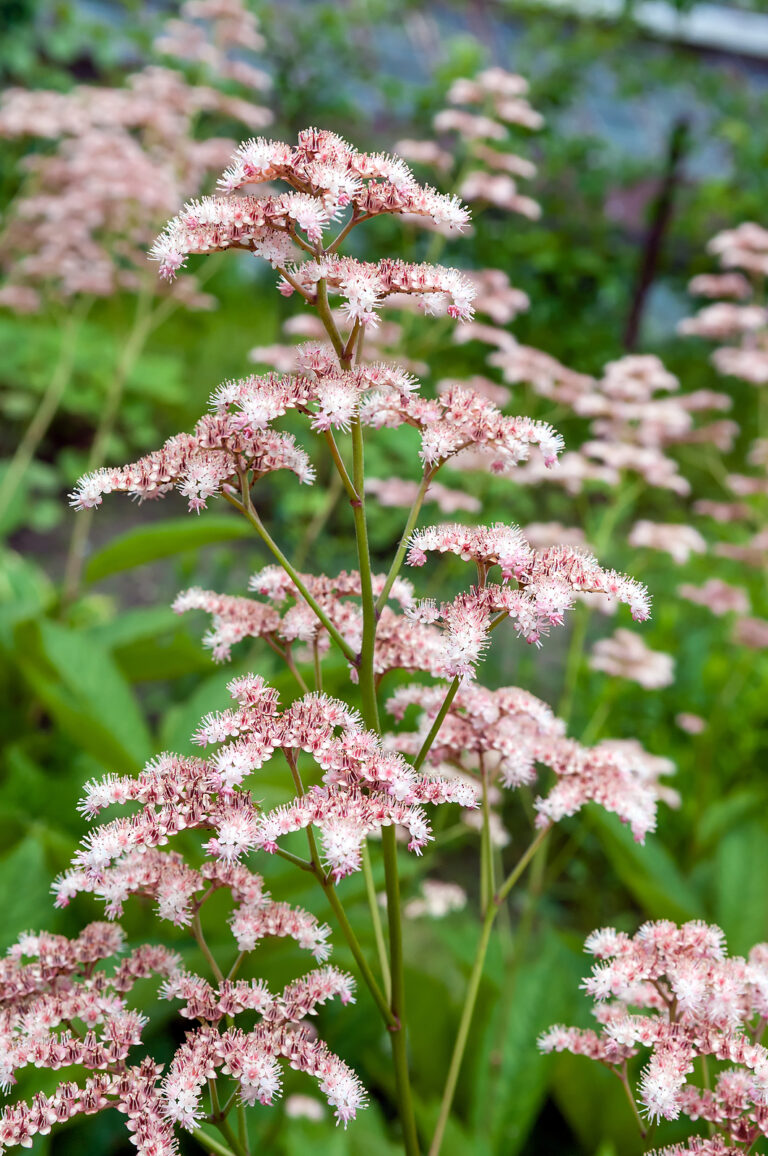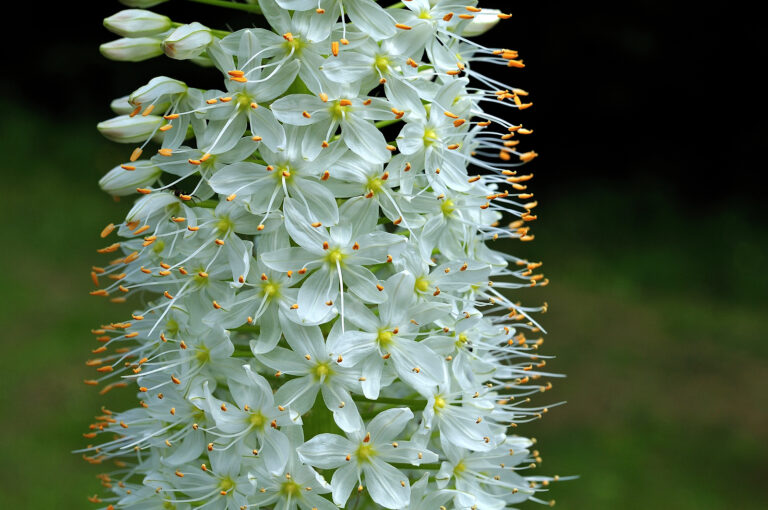How Amethyst Flower — Browallia
The Amethyst flower, Browallia, is a shade-loving perennial usually grown as an annual. Browallia most often with sapphire-blue flowers. Combine browallia with other shade-loving border or woodland plants. In the winter bring browallia indoors as a houseplant.
Browallia grows from 12 to 18 inches tall. It is used best in the blue section of the garden where the winged flowers of an intense blue color provide beauty throughout the summer and fall.
Tools for Vegetable Gardeners at Amazon:
- A.M. Leonard Straight Rake with Ash Handle
- All-Steel Nursery Spade with D-Grip Handle
- 4-Tine Spading Digging Fork with D-Handle
- Digital Soil pH Meter Outdoors Greenhouse
- Earthwise Handheld Electric Fertilizer Spreader
Browallia is native to tropical America. It can be cultivated in good garden soil needing practically no care so long as it has a sunny spot and plants are at least 6 inches apart.
Lifted in fall, potted, cut back, and brought indoors, Browallia will bloom during the winter.

Get to know Browallia
- Type of plant: Tender perennial is often grown as an annual
- Growing Zones and range: 2-11
- Hardiness: May not bloom where summers are cool and short. May survive winter in mild-winter regions.
- Height and width: 8 to 18 inches tall (20-45cm) and wide depending on the variety
- Foliage Bushy plants have lance-shaped, green leaves 2-inches wide
- Flowers: Star-shaped flowers can be deep blue, mid-blue, purple, and white
- Bloom time: Summer
- Uses: Shady beds and borders, hanging baskets, containers, window boxes
- Common name: Amethyst flower, sapphire flower
- Botanical name: Browallia spp.
- Family: Solanaceae
- Origin: Woodlands in northern South America and the West Indies
Where to plant Browallia
- Plant Browallia in full sun in Zones2-5; plant in light shade in Zones 6-11
- Grow Browallia in humus-rich, well-drained soil.

When to plant Browallia
- Set out established Browallia seedlings in spring.
Planting and spacing Browallia
- Space Browallia 10 to 18 inches apart. Add plenty of aged compost to planting beds ahead of planting.
How to water and feed Browallia
- Keep the soil evenly moist; do not let it dry out.
- Side dress Browallia with an all-purpose fertilizer every 6 to 10 weeks or work in a long, slow-release fertilizer at planting time.
Browallia care
- Mulch with aged compost around Browallia to retain soil moisture.
- Browallia that survives winter should be cut back to a few inches in spring to spur new growth.
- Pinch off the stem tips of young plants once or twice to promote compact growth.
- Dig plants before frost, pot them up, and bring them indoors for winter blooms.
Growing Browallia as a houseplant
- Grow Browallia in direct light in winter; the rest of the year grow Browallia in bright light.
- Indoor temperature for Browallia can be average or warm, and humidity average.
- Plant Browallia in a rich growing medium and keep it evenly moist.
- Fertilize Browallia every two weeks from spring through fall, and monthly in winter.
- Pinch to growing tips if you want a compact plant.
- After Browallia flowers, it often declines and can be discarded.
Browallia pests and diseases
- Browallia is prone to aphids and whiteflies.
- Spotted wilt virus and fungal leaf spots can occur.
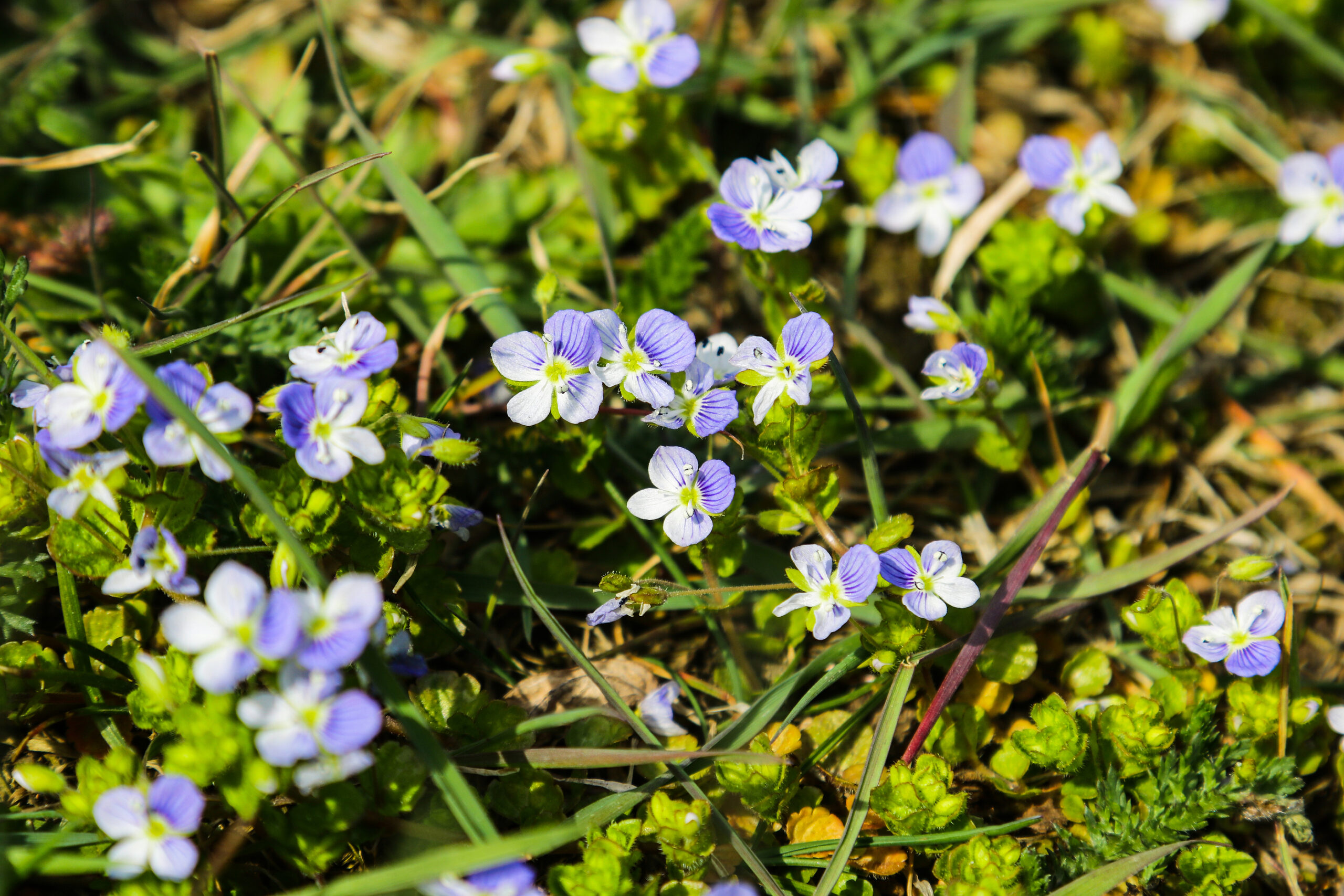
Browallia propagation
- Sow Browallia seeds indoors 8 weeks before the last frost. Lightly press the seeds into the soil.
- Browallia may reseed in warm climates.
Browallia varieties to grow
- Bell hybrids produce deep blue, mid-blue, and white or blue flowers on compact 10-inch plants.
- Starlight hybrids bear dark blue, sky blue, and white flowers earlier than other hybrids.
- Browallia americana: Grows to 24 inches (61cm) tall with violet-blue flowers; ‘Sapphire’ is a dwarf variety with dark blue flowers with a white eye.
- B. elata is an annual species and is grown outdoors in the warm time of the year.
- B. speciosa: Sprawling perennial grows to 24 inches high; dark purple flower; cultivars include ‘Blue Bells Improved’ with lavender-blue flowers and ‘Marine Bells’ with deep indigo flowers.
Browallia frequently asked questions
Q: Which Browallia do I grow outdoors?
A: Browallia elata is an annual for outdoor planting. Browallia speciosa is a biennial or perennial, but not hardy.
Q: Can I grow Browallia as a house plant?
A: Yes. Browallia speciosa makes a good house plant. They can be purchased in bloom or you can sow seed in spring. The plant has tubular flowers similar to petunias in blue, violet, or white. They can be grown as biennials and have a long blooming season.
Q: What growing conditions does Browallia want indoors?
A: Browallia wants bright light with some direct sun. Cool temperatures between 50° and 60°F are ideal for the flowering season. Keep the planting medium moist at all times and mist the leaves occasionally. Feed regularly and pick off the flowers as they fade.
Related Articles:

